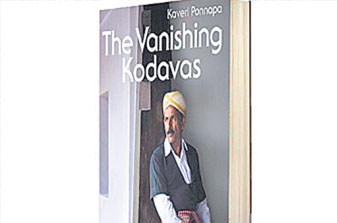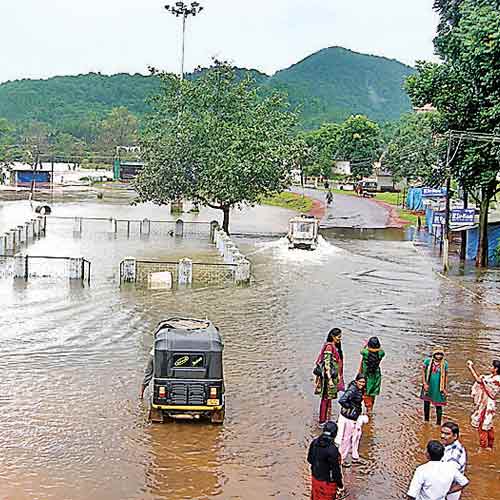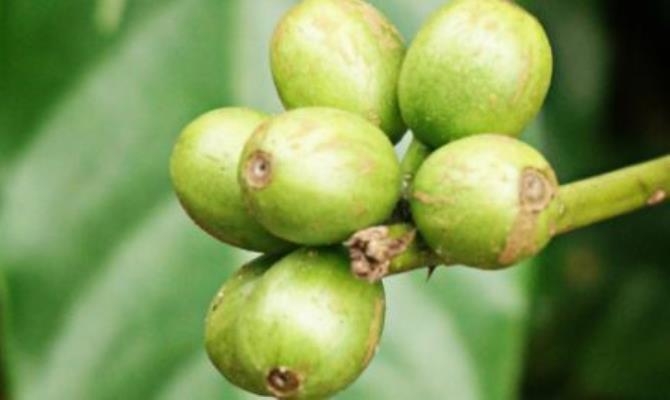
A team of scientists from four research institutions have reported the discovery of an ancient microcontinent in India.
Based on extensive investigations in the Coorg block comprising parts of Kerala and Karnataka, the scientists have confirmed the existence of a 3.1 billion-year-old exotic microcontinent that could have broken off from Madagascar or Africa and drifted across the ocean to get wedged into the Indian landmass.
Based on the geological formations that characterise the block, the researchers assume that it could have been part of the earliest ‘Ur’ supercontinent formed through microcontinent amalgamation.
The age data of the rock samples collected by the researchers showed that the peak of continental building in the exotic Coorg block occurred around 3.1 billion years ago. The studies indicated that the crust building might have also involved partial recycling of basement rocks as old as 3.8 billion years.
The team comprising M. Santosh from India, now working at the China University of Geosciences, Beijing, Q.Y. Yang from the same university, E. Shaji from the Department of Geology, University of Kerala, T. Tsunogae from Tsukuba University, Japan, and Ram Mohan and M. Satyanarayanan from the National Geophysical Research Institute, Hyderabad, has published the discovery in Gondwana Research, an international journal on earth science with particular focus on the origin and evolution of continents.
According to the paper, the Coorg block, a continental fragment sandwiched between the Dharwar craton (a craton is a piece of a continent that has been stable for over a billion years) in the North and several younger crustal blocks to the South, is composed dominantly of a suite of arc magmatic rocks.
“Considering the age of the rocks from the periphery of the Coorg block, the microcontinent could have got wedged with peninsular India around 1.2 billion years back in time,” says Dr. Santosh, the lead author.
“This exotic microcontinent could have come from any of the cores of the earliest supercontinent Ur. The possible sources are Madagascar or Africa.”
The study revealed that the Coorg block was unaffected by major tectonothermal (geological episodes that shape rock formations) events in the rest of southern India.
The team relied on Uranium-Lead dating and Lutetium-Hafnium analyses of zircons separated from the different rock types. They also carried out petrological and mineralogical studies and geochemical analyses of the rocks.
The study is significant in understanding the supercontinent cycle, the amalgamation of continents into large land masses and their disruption.
“The Early Earth was dominated by island arcs in an oceanic realm analogous to the modern Pacific region. The formation and collision of arcs gave rise to the birth of microcontinents,” explains Dr. Shaji.
The landmass arrangement on earth today is the culmination of a long history of continental movement. The Indian subcontinent is believed to be one among the several landmasses that emerged from the break up of the Gondwana supercontinent about 180 million years ago. The Coorg block covers an area of over 3,000 sq km and includes the whole of Kasaragod district in Kerala and parts of Kodagu district in Karnataka.
source: http://www.thehindu.com / The Hindu / Home> News> National> Kerala / by T. Nandakumar / Thiruvanathapuram – November 12th, 2013







